If you want to see real football history before the days of television, some of the best sports footage is found on reels of film shot for home movies.
"Going all the way back to the 1920s, people would bring these home movie cameras to the games and film them," said Eric Dawson at the Tennessee Archive of Moving Image and Sound (TAMIS).
Dawson preserves antique film and saves it in a cold-storage vault at TAMIS in the East Tennessee History Center. People around the region can bring their home films to TAMIS and get free digital copies if they donate the film.
"Someone will find some film in an attic or a drawer and they have no idea what's on it because so few people have projectors now. We look at the film and we are amazed at what we find," said Dawson.
1920s Cameras Arrive
When relatively affordable home movie cameras became available in the mid-1920s, camera shops immediately marketed their product to football fans.

Jim Thompson ran a photography business in Knoxville in the 1920s and was one of the first people to record UT football games. Archives from 1927 show he filmed the Tennessee game against Vanderbilt and then showed highlights at his storefront. Fans crowded the sidewalk for the chance to see motion pictures of the Vols.
The first 1927 footage shot by Thompson is presumably lost. The oldest surviving film was shot in 1928 by UT fan F.B. Kuhlman of Knoxville.
"Kuhlman shot the earliest footage we have of the Vols from the stands at Shield Watkins Field, back when it only held 6,600 people. It is really interesting to see the surroundings, the bridges, the smokestacks where all of that is blocked by the stands if you go to Neyland Stadium today."
1929 Alabama vs. Tennessee
Jim Thompson’s footage of the game between Tennessee and Alabama in 1929 may be the oldest film of this historic football rivalry. The game was played on the third Saturday of October. The Crimson Tide jerseys were a little different back then with huge vertical stripes.
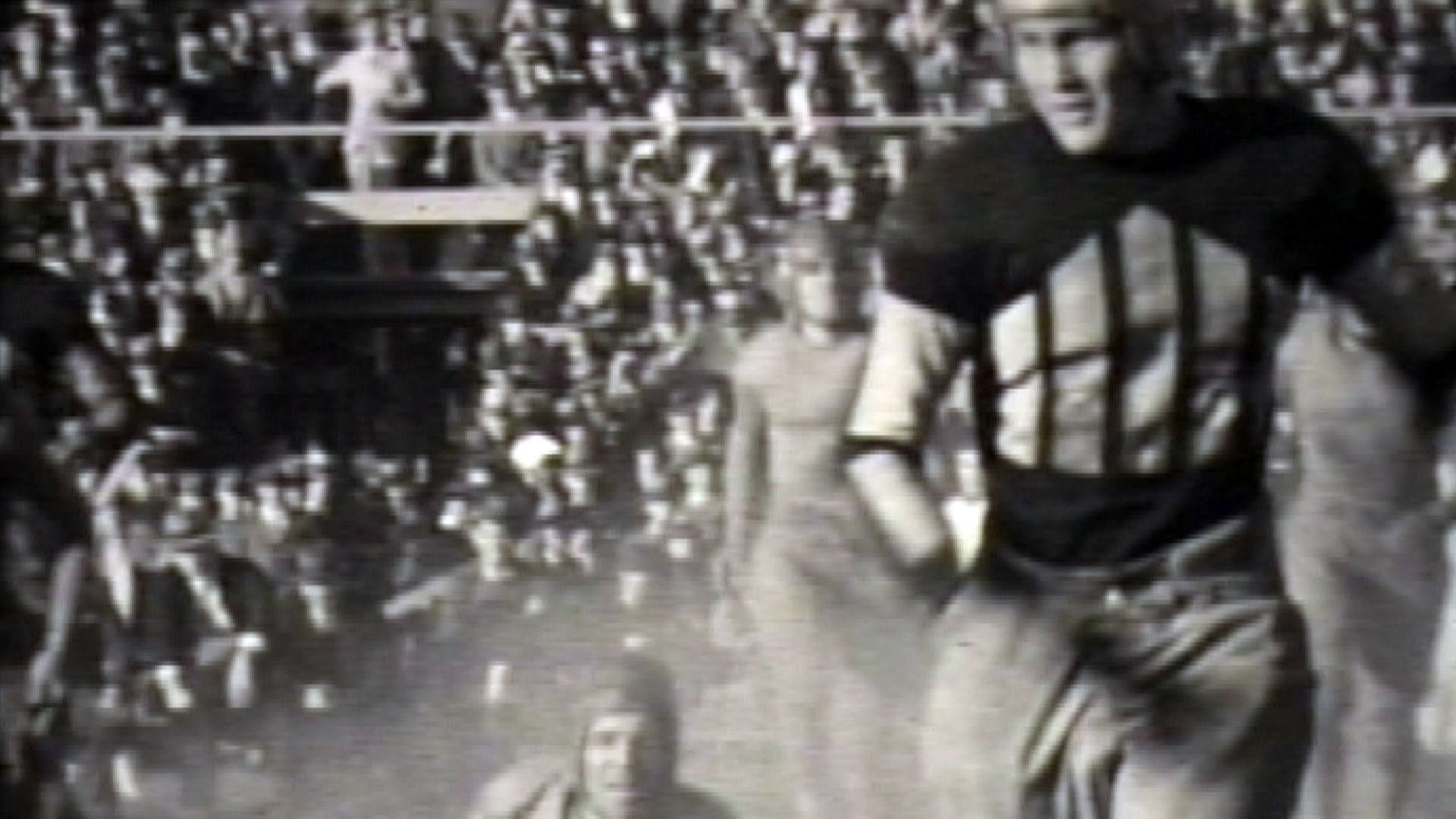
"We have some really great action shots of that game. Some of the shots on the sideline almost looks like Thompson was on the field. He is very close to the players," said Dawson.
Tennessee beat Bama 6-0 in 1929. The Vols were undefeated that season with a record of 9-0-1. In addition to Hall of Fame coach Gen. Robert Neyland, Thompson’s film shows three UT players who are now in the College Football Hall of Fame: Herman Hickman, Gene McEver, and Bobby Dodd. Dodd would eventually be inducted in the hall of fame as both a player and coach as the longtime leader of Georgia Tech. The Yellow Jackets play in Bobby Dodd Stadium, where they also installed a large bronze statue of Dodd.
Colorful 1930s
While Thompson shot footage of the Tennessee Vols for fun, it also helped his photo business to demonstrate the kind of footage a home movie camera could capture. The highlights of the Vols also attracted potential customers to his storefront.
In 1938, Thompson shot the first color film of the "Big Orange" during a game against LSU.
Color film arrived just in time for a vibrant season when Coach Robert Neyland and the Vols won Tennessee's first national championship. The roster was full of colorful characters who were inducted in the College Football Hall of Fame. The inductees shown in the footage include Bob Suffridge, Ed Molinski, and Bowden Wyatt. Wyatt went on to become the head coach of the Vols in the 1950s and had a hall of fame coaching career.
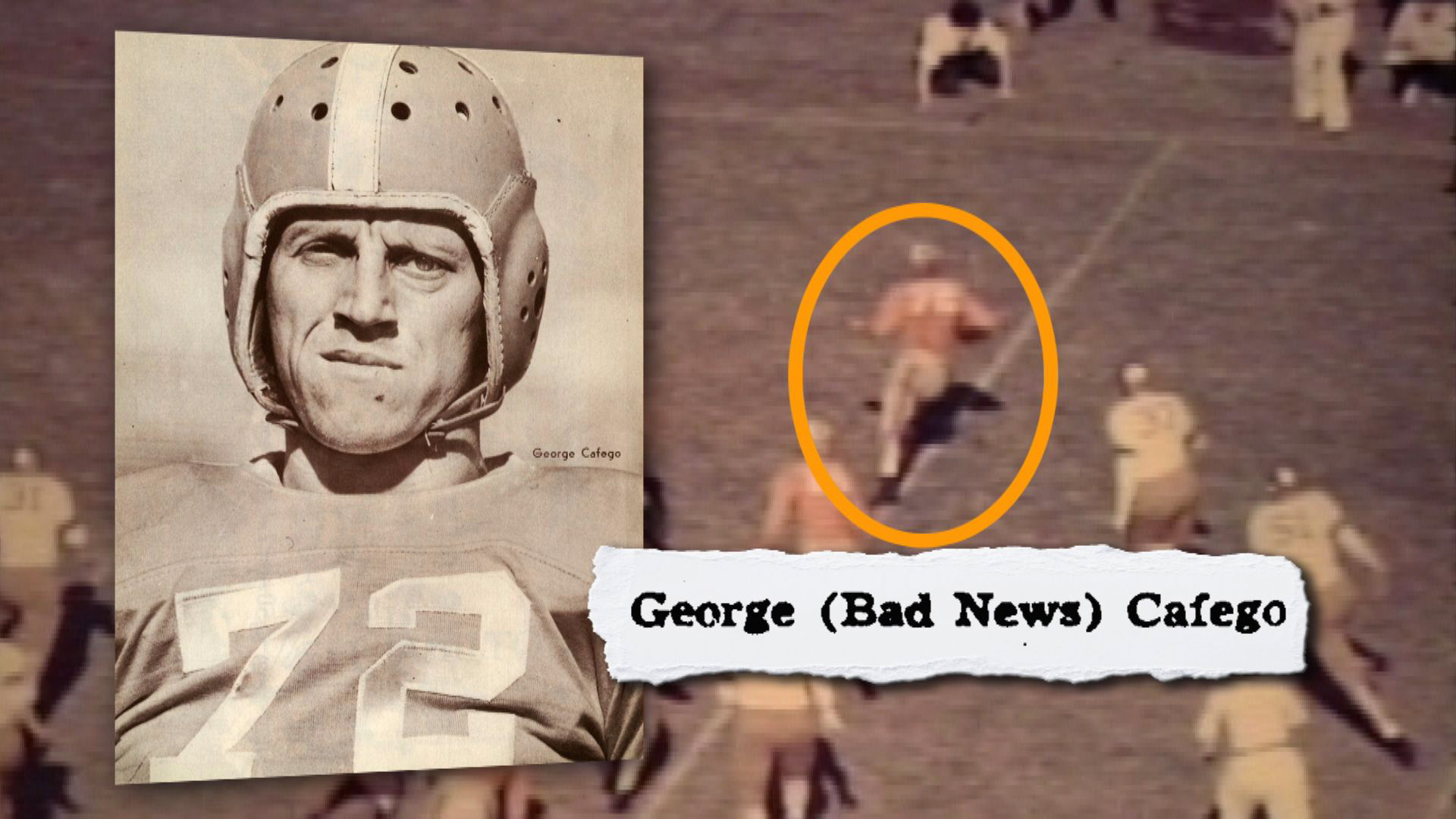
Another hall of fame player for the Vols in the late 1930s was a two-time All-America with one of the great nicknames in sports: George "Bad News" Cafego. Cafego was the team's kicker, defensive back, and tailback. The film rarely shows a play without Cafego in the frame.
1939 Orange Bowl
The Vols finished the 1938 season with a victory over Oklahoma at the Orange Bowl on New Year's Day of 1939. Two fans from Knoxville shot home movies of the game in color. Some of the footage came from Granville Hunt, who worked as a photographer at TVA. The other main source of Orange Bowl film was Frank Rouser, who operated a camera shop in Downtown Knoxville.
Reports in the Knoxville News Sentinel after the Orange Bowl said Hunt "was speeding here [Knoxville] by auto from Miami with the pictures. He was to make a two-hour stop in Atlanta to have the films developed."
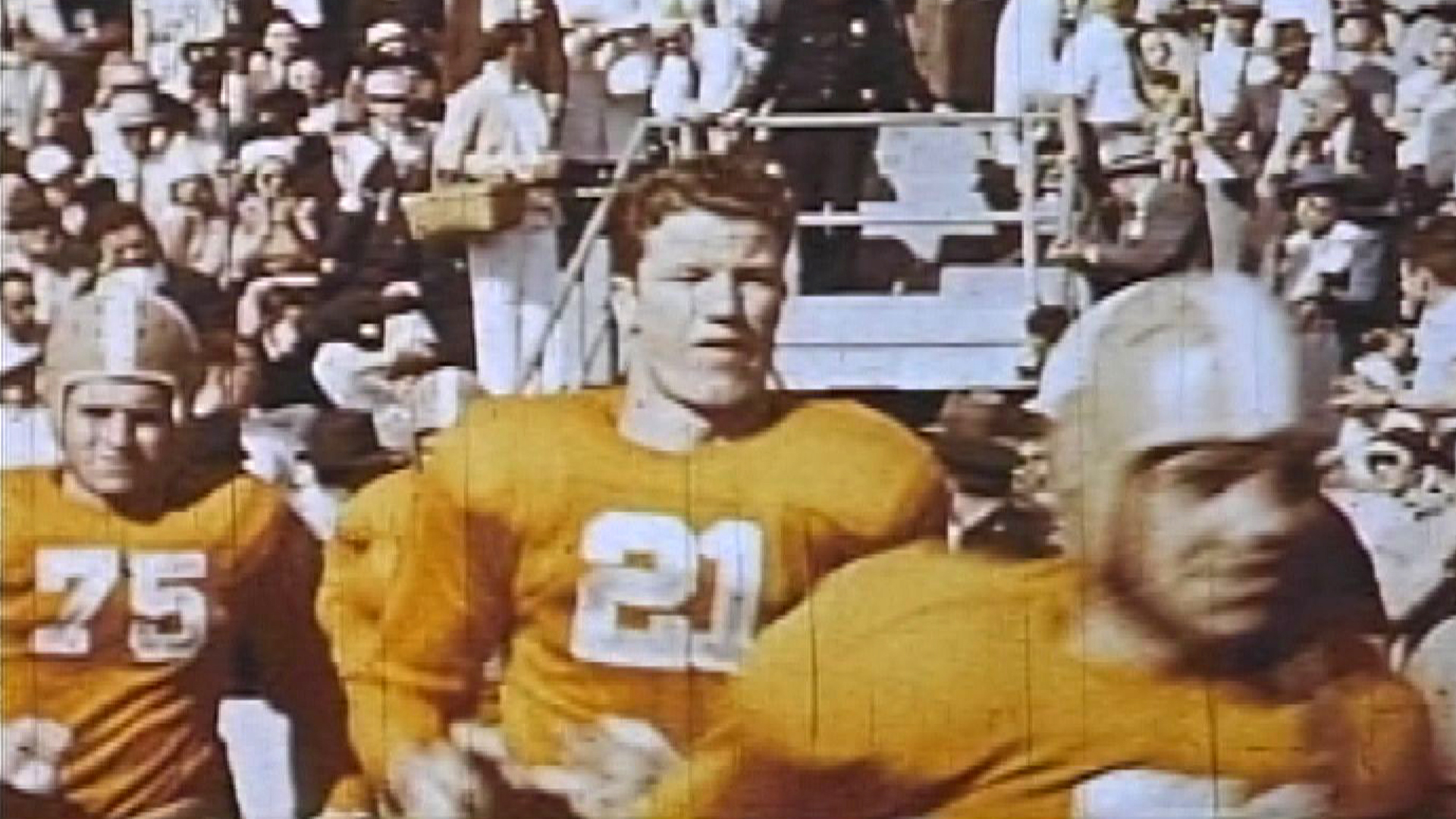
The footage shot by Hunt and Rouser was edited and shown in the front window of Rouser's store. The newspaper reported, "The show will be free to those who can find standing room on the sidewalk."
"The films are edited together creatively. They insert artwork and transitions and title screens. The fans would shoot these films, put them together, and also show them at civic clubs and even downtown theaters."
Dress-Hats and Dresses
The film by the fans is not perfect. Some of the footage can be shaky and you are likely to miss the end of an exciting play due to another piece of history. Back then, almost everyone wore dress hats to the games. Any shots from the stands can be obstructed by a man standing up with a wide brim to block your view.
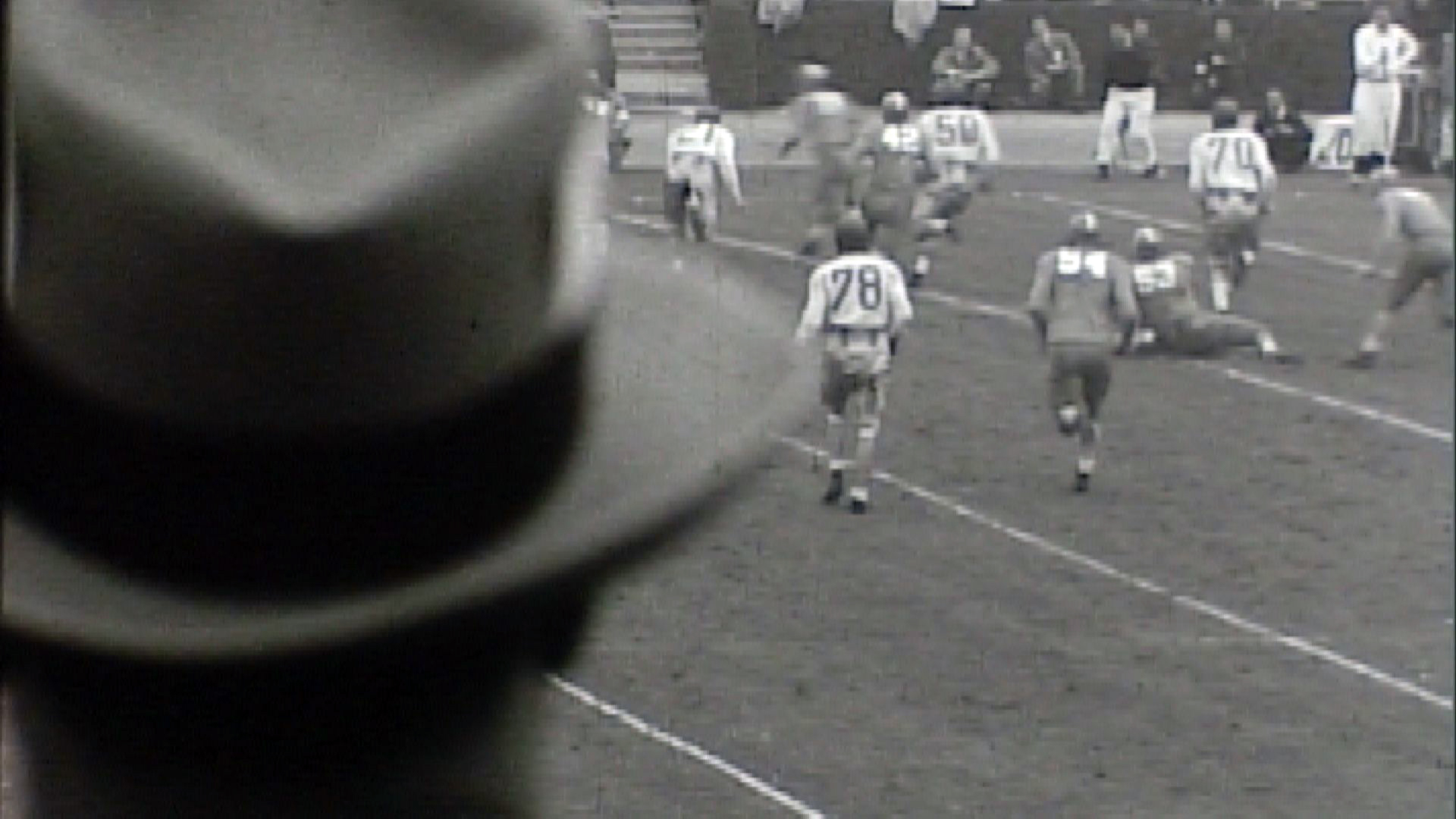
"People really dressed up to go to these games. The men were wearing suits and hats and the women who went were wearing dresses. You did not see people with colored wigs, t-shirts, or their bodies painted. The fans treated games like an important event," said Dawson.
1940 Rose Bowl
Tennessee fans were all dressed up with somewhere important to go after the Vols finished the 1939 regular season undefeated. No opponent scored a single point on General Neyland's defense during the regular season as UT shut out every opponent. The remarkable season landed the Vols an invitation to the Rose Bowl.
Traveling to a New Year's Day bowl game in California by train meant the Vols players and fans had to leave Knoxville on December 21.
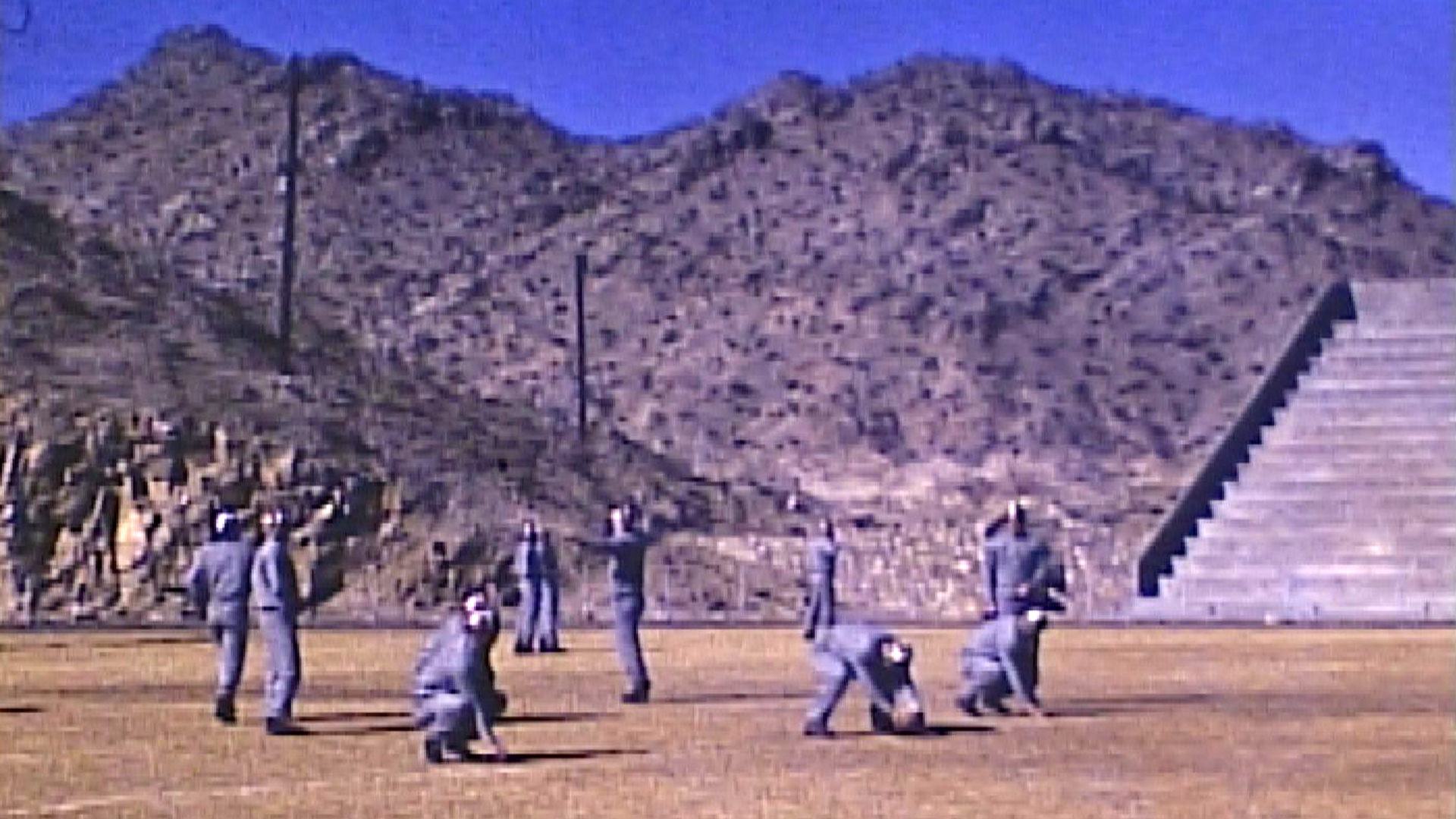
"Three different people recorded home movies of the trip to the Rose Bowl. You had Jim Thompson, the Roddy family, and Bob Maher all shooting film," said Dawson. "You really see the journey out there. The fans and players are on the train together. The team stopped to practice in El Paso. When they got to Hollywood, famous movie director Clarence Brown hosted the team at his ranch for Christmas. We also have this great footage of Brown showing the team around on the back lots of Hollywood."
Some of the best Rose Bowl footage by Bob Maher was only found a couple of years ago.
"Wrestling coach Bob Maher's daughter brought us this film. She didn't know what was on it. Low and behold, it is two 20-minute reels of this fantastic film of the Rose Bowl trip and the game. You see General Neyland and Clarence Brown together posing for photos with Hollywood starlets. We couldn't believe what we were seeing," said Dawson.
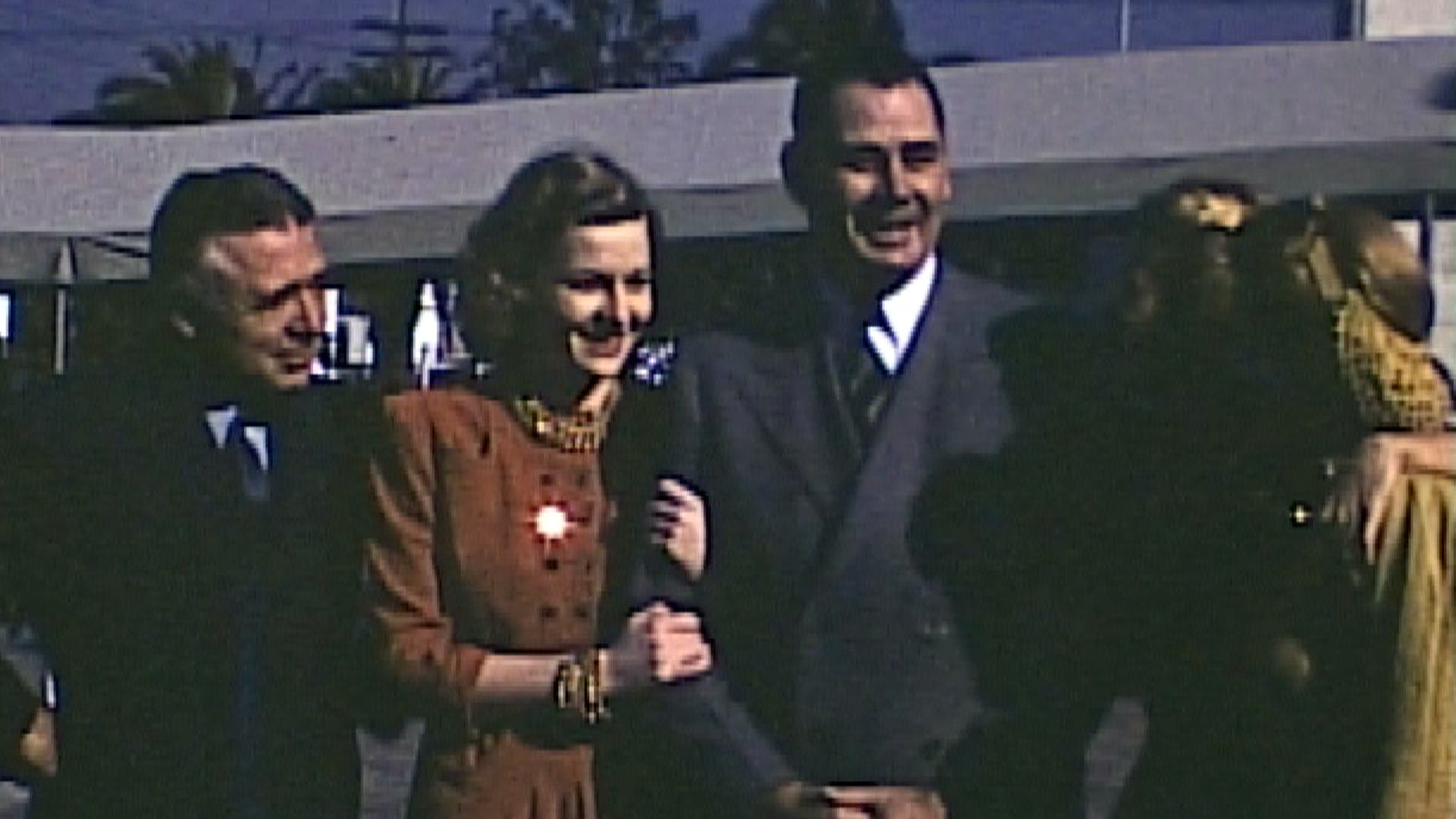
There was no Hollywood ending for the Vols at the Rose Bowl. The team caught a bad break when All-America George "Bad News" Cafego blew out his knee during practice. UT lost to Southern Cal 14-0. Movies from the trip show crowds of fans in Knoxville who still welcomed the losing team back home as heroes.
1940s Heroics
The recently-discovered film by Bob Maher also revealed color footage of the 1941 Sugar Bowl. It gives us a glimpse of some players whose numbers are retired at Tennessee for more than their ties to sports. Bill Nowling, Rudy Klarer, Willis Tucker, and Clyde Fuson fought and died during World War 2.
There are not many home movies of Tennessee football during the war. When the war ended, fans made their way back to the sidelines to capture the action.
C.O. Johnson, a dentist from Rockwood, recorded several Tennessee games. His footage includes a famous play from the 1946 matchup between two top-10 teams when Tennessee topped North Carolina 20-14. Johnson shot the film from the end zone as UT's Walter Slater returned a punt 79-yard to score the game-winning touchdown.
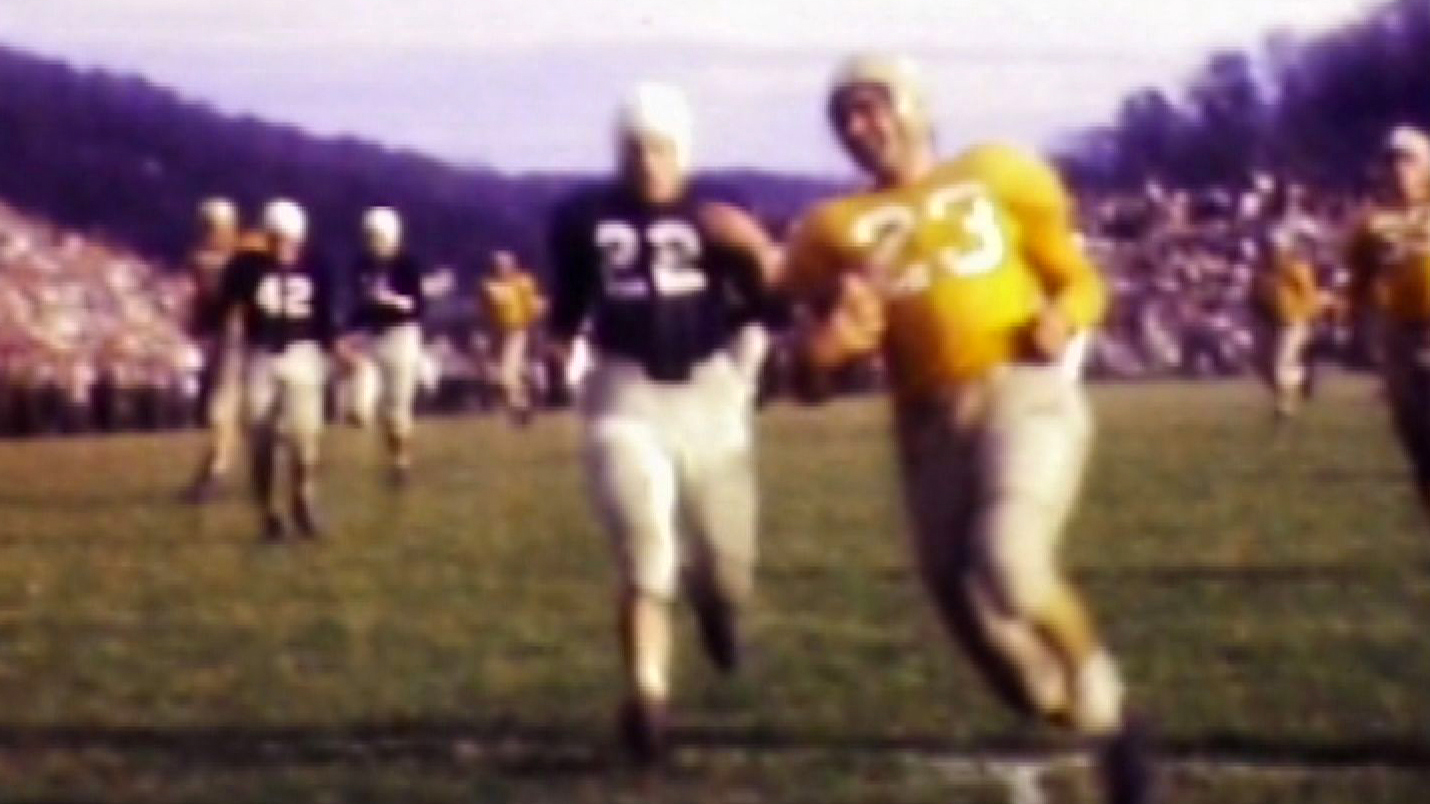
The thrilling punt return was shown from start-to-finish on the front page of the Knoxville News Sentinel with three photographs on the front page. Yet, it does not compare to the action captured by Johnson as Slater speeds down the sideline with one defender to beat, fakes a lateral, and sends the Tar Heel spinning in search of the ball. Slater then laughs at the North Carolina player as he romps into the end zone.
The Tar Heel wearing #22 who looked who looked silly on film was no slouch. He was Charlie "Choo Choo" Justice, a College Football Hall of Fame running back and arguably the greatest player in North Carolina football history. There is a statue of Justice outside the football stadium in Chapel Hill.
Broadcasters and Super Bowls
The amount of fan footage of the games fades in the 1950s as television stations sign on the air. The sidelines and press boxes are filled with crews that film for their profession. Fans no longer rely on their own devices for sports highlights.
Yet, fan footage still occasionally filled in the gaps of football history. One piece of film TAMIS restored is a home movie of Super Bowl II in 1968 in Miami. The recordings of the live CBS video broadcast of the game was lost. The only surviving film was recorded by NFL crews on the sidelines and by the fans on home movies.
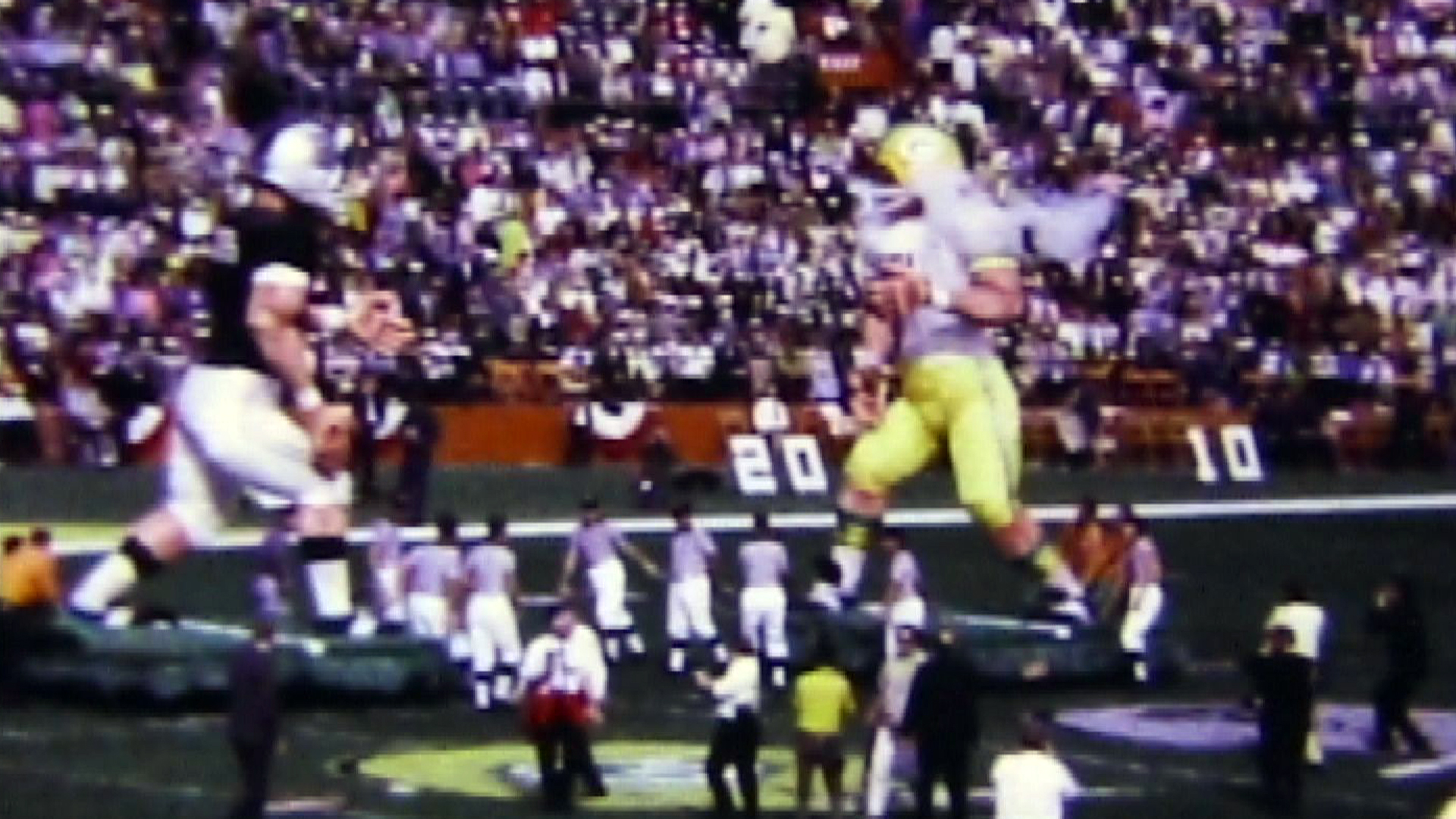
"The film of the Super Bowl was brought to us, but the owner does not know who shot it. We call it an 'orphan' film because we don't know who created it. But it is really fascinating footage to see the fan experience. You have these big sculptures of a Green Bay Packer and an Oakland Raider on the field with steam coming out of their helmets. The halftime show is really different than today. It's a Christmas theme with dancing snowmen in Miami in the middle of January," said Dawson.
While professional broadcasters and athletic departments have taken over as the main sources of sports videos, the foundation of football footage in the early days of the sport came from the fans. It was a volunteer effort to record real sports history on their reels at home.
"Even if you're not a sports fan, you can appreciate this film because of its cultural significance. It shows what Knoxville looked like through the years, how fans would get so excited for games, and how much it meant to people in East Tennessee," said Dawson.

